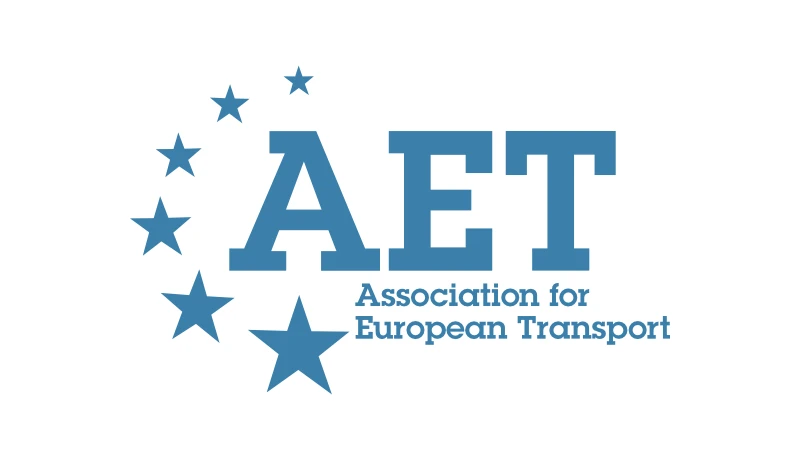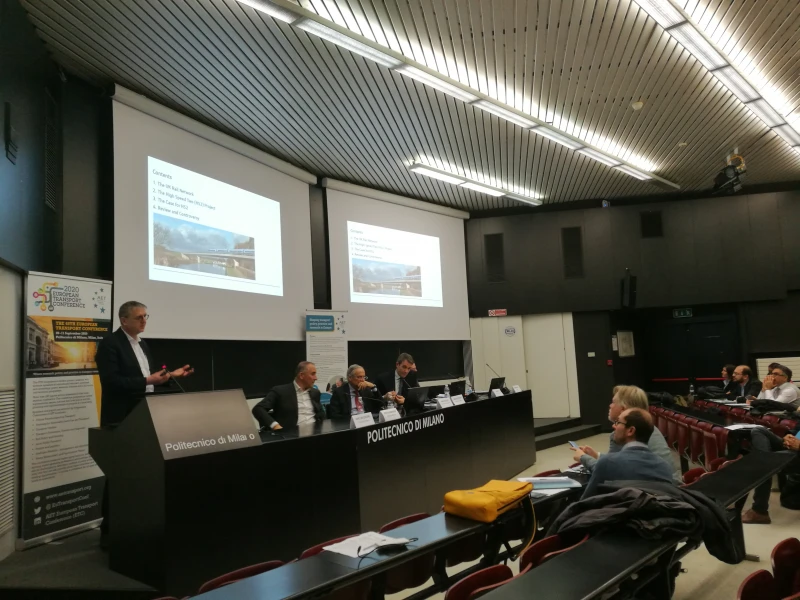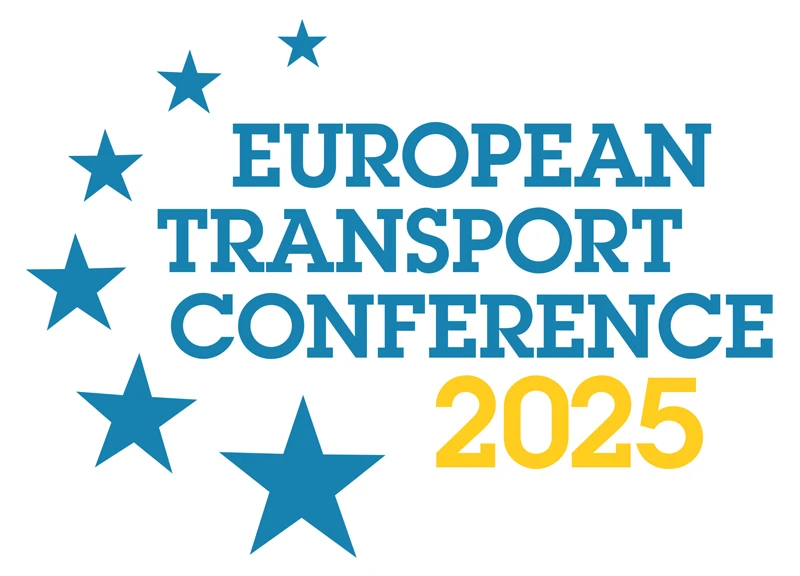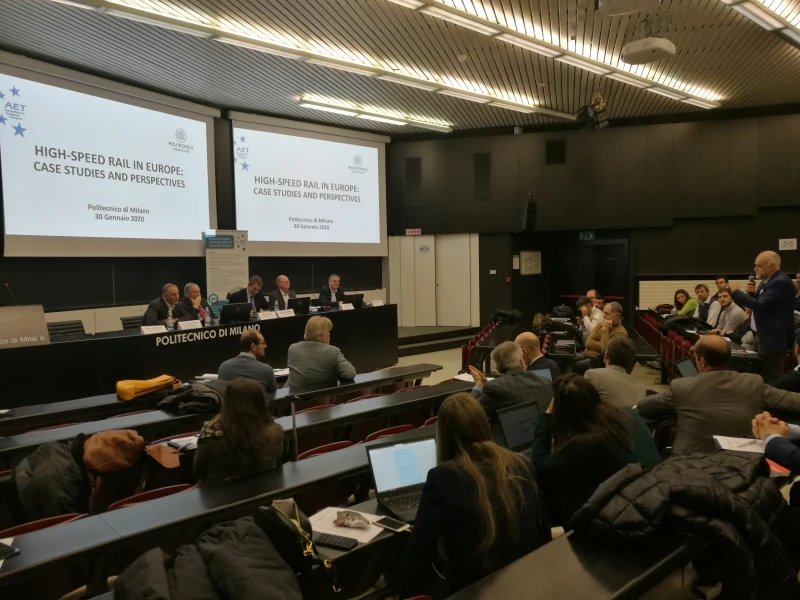-
Past ETC Papers
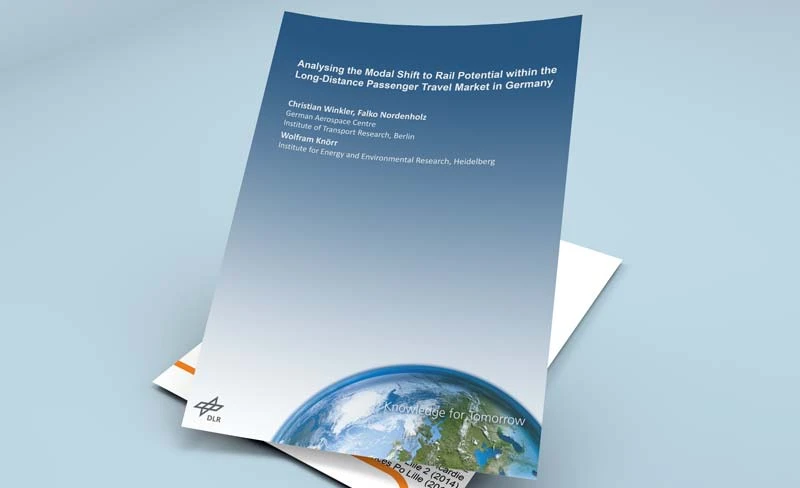
Browse, search and view papers from the past AET Conferences.
-
Members' Area
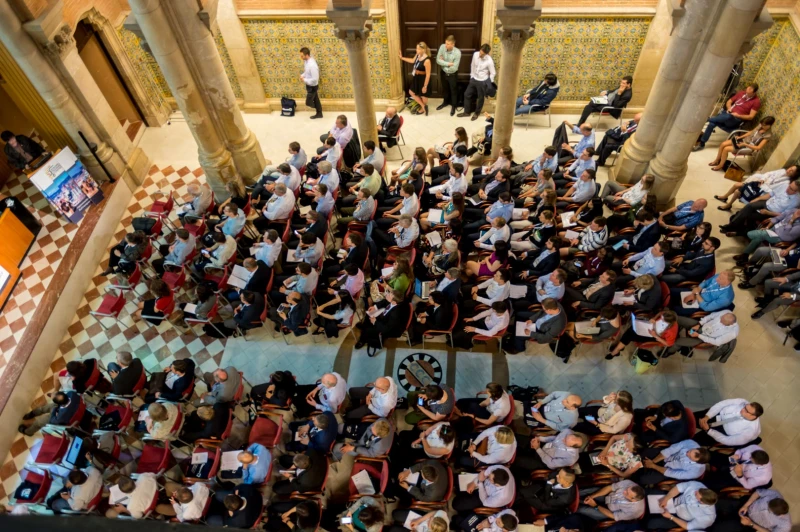
AET promotes networking and exchange of ideas, information and opportunities amongst members.
Conference Papers 2023
Milan, Italy
ETC Conference Papers 2023
Using simulation to explore city logistic use cases for Rotterdam
Seminar
Day 3 (8 Sep 2023), Session 8, Urban Freight Simulation, 09:30 - 11:00
Status
Accepted, documents submitted
Submitted by / Abstract owner
Michiel de Bok
Authors
Michiel de Bok, Lóránt Tavasszy, Ali Nadi, Sebastiaan Thoen, Sofia Giasoumi, Jos Streng
Short abstract
In this paper, we provide a synthesis of four different simulation case studies in city logistics
Abstract
Policy support tools for city logistics are scarce. The Tactical Freight Simulator (TFS) is a multi-agent simulator that represents the decision-making of freight agents on the level of individual firms and individual freight shipments. It aims to support local authorities such as the City of Rotterdam to ensure sustainable development of city logistics. Challenge in developing a simulator for city logistics is the wide scope of technological developments. In this paper, we provide a synthesis of four different simulation case studies.
City logistic use cases
1: Micro-hubs
To defragmentise the B2C last-mile delivery streams, micro hubs are introduced as a possible solution as they can increase the consolidation of inner-city deliveries. The case study explores three different design aspects of the large-scale implementation of micro hubs: location, type of vehicles (delivery robots, cargo bike, LEV), and the business model (individual/full collaboration).
2: Zero-emission zone for City Logistics
Rotterdam has announced the introduction of a Zero-Emission zone for City Logistics: only zero-emission vehicles are allowed. The ZE-emission zone spans a ± 40 km2 area of the city within the orbital ring road. Two types of behavioural responses are considered: a shift from the conventional vehicle to vehicles with a zero-emission driveline, or a shift of distribution structure where shipments are first consolidated via an UCC and distribution within the ZEZ takes place using LEVV, cargo bikes or small electric vans or trucks.
3: Crowd shipping
Crowd shipping is considered a solution to make use of the capacity of passenger transport in delivering parcels to customers. Although crowd shipping seems to be beneficial in terms of capacity utilization in the transport system, its pros and cons have not yet been explored thoroughly due to its complexity. In this use case, the TFS module is used to simulate the impacts of different implementation scenarios of crowd shipping services in the study area.
4: Land use planning of logistic and industrial sites
The increasing competition in urban space has driven many logistic activities outside of the city centres into peripheral locations, also referred to as logistic sprawling. This has a direct impact on accessibility, liveability, and sustainability. In this use case, the TFS was used to simulate the impacts of two different land use planning scenarios for logistics facilities on local traffic flows and emissions.
Methodology
The use cases are explored with the TFS. It distinguishes three main segments of urban commercial vehicle movements: Freight Shipments, Parcels, and Services. The model also distinguishes two phases. The first phase is the long-term tactical level that simulates shipment- and parcel demand in the shipment synthesis or demand modules. The second phase is the daily scheduling of the final transport movements in the scheduling modules. Separate scheduling modules are developed for freight shipments and parcel delivery because the size and consolidation of individual products (shipments or parcels) are inherently distinct. Most of the inputs to the TFS are based on standard data from conventional transport models. The firm population is synthesized from the zonal employment by industry sector.
Summary of findings
In the micro hubs use case, the light electric vans make fewer tours from the micro hubs due to its larger capacity; this is considered an operational advantage. Also, hybrid and full-collaboration models show better vehicle utilisation than the individual carrier model. The full collaboration model with light electric vehicles leads to the fewest vehicle kilometres in and outside the study area.
The emissions in the zero emission zone are reduced by 90%. At the city scale, the emissions are reduced by 10%. We also see local increases in emissions due to rerouting freight traffic around the ZEZ or to and from the UCCs.
The net impact of crowd shipping is an increase in total vehicle kilometres particularly in residential areas, since a large share of crowd-shipping parcels will be delivered by travellers using personal cars.
Spatial planning policy has a significant impact on freight transport demand and emissions. Centralization of the DCs has a positive influence on the vehicle kilometres.
To conclude, the application of a new city logistic simulator shows the possibilities of using simulation to study the impacts of new technologies and services in city logistics at system level. To create more value from the simulations with the TFS, future work can focus on the integration of the different use cases into broader logistic scenarios. This requires regional coordination and the involvement of logistic stakeholders. The results from the individual use cases can be used in the discussion between these stakeholders.
Programme committee
Freight and Logistics
Documents:

Association For
European Transport
Forester House
Doctors Lane
Henley-in-Arden
Warwickshire, UK
B95 5AW
+44 (0) 15 64 793552
VAT number: 710 1866 64
Conference Supporters & Endorsers




Legal Entity
The Association for European Transport is registered as an Association ('vereniging') with the Chamber of Commerce for Haaglanden in The Netherlands under company number 27170096.
Built on Zenario

